Insulation Tips
Installing Wall Insulation Batts Around Plumbing and Electrical Work
Installing wall insulation batts in new homes is generally quite straight forward. In an earlier blog, we discussed how installing wall insulation is simply fitting rectangle pieces of insulation into rectangular spaces between the studs. While this is essentially what it boils down to, the reality is that the wall insulation batts don’t always fit in quite so easily.
Working Around Electrical Wiring and Plumbing
By the time the insulation installers are called in, the plumbers and electricians have installed wiring and pipes throughout the house. Much of this will sit behind the plasterboards, completely hidden from view. This can be a bit of a challenge for the insulation installers to work around, especially if they have never done it before, and it can be hard to know which approach will achieve the best performance R-value.
Electrical Wiring and Power Points
The electrician will have fitted a small metal bracket in all the places in the walls where a power point will come. When the plasters have finished, the electrician will return, poke their hand through the metal bracket, grab the wiring they left there and finish installing the power point. If the insulation has been placed across this bracket, it becomes difficult for the electricians to find their cables. They may have to cut the insulation away, but then they also risk cutting the wires that are out of sight. Additionally, most people who aren’t used to working with glass wool insulation, don’t particularly like touching it. So insulation installers always cut a small piece out of the batt whenever they come across these metal brackets.
Best Performance R-Value Around Pipes
There are many pipes that sit within the walls of a house. Installers know that they should not leave any gaps and neither should they squash the wall insulation batts, as these will both result in a reduced performance R-value. Gaps will contribute to heat loss in winter time, and heat gains during the summer. Compressed insulation reduces the number and size of air pockets within the insulation, that actually give it its insulating properties. There are no hard and fast rules, but having a good understanding of what optimises the performance R-value, can help installers make informed decisions when they come across pipes in the wall cavities.
- If the pipes are narrow and are sitting close to the inside of the wall cavity, it could simply mean placing the insulation batt over the top of them.
- If they are sitting further out, an insulation batt could fit nicely behind it. It may end up being slightly compressed but might still be the best option.
- If the pipes are sitting at medium depth, it could be worth “opening” the batt slightly and fitting half the depth behind and half in front of the pipes.
- If the pipes are very thick, it may not be possible to place any insulation behind or in front of them, so filling in the empty spaces beside it would be adequate.
Have you got any tips for the best results when installing wall insulation batts? Please leave a comment and share your thoughts!

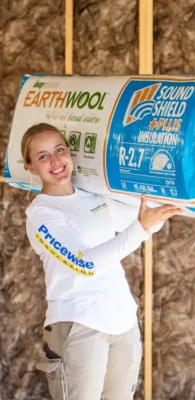
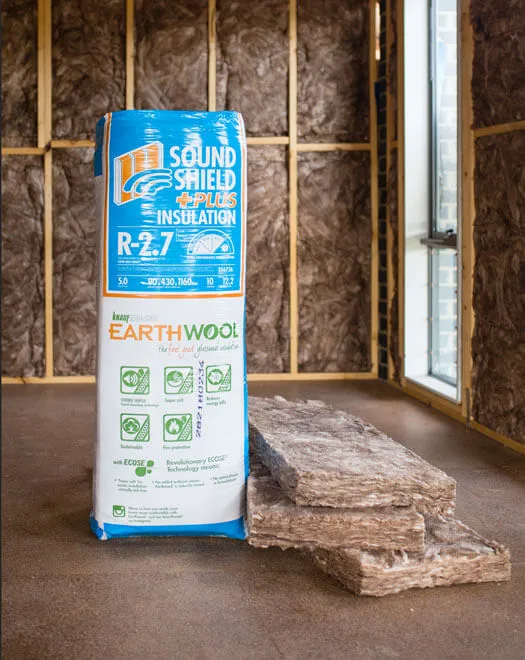
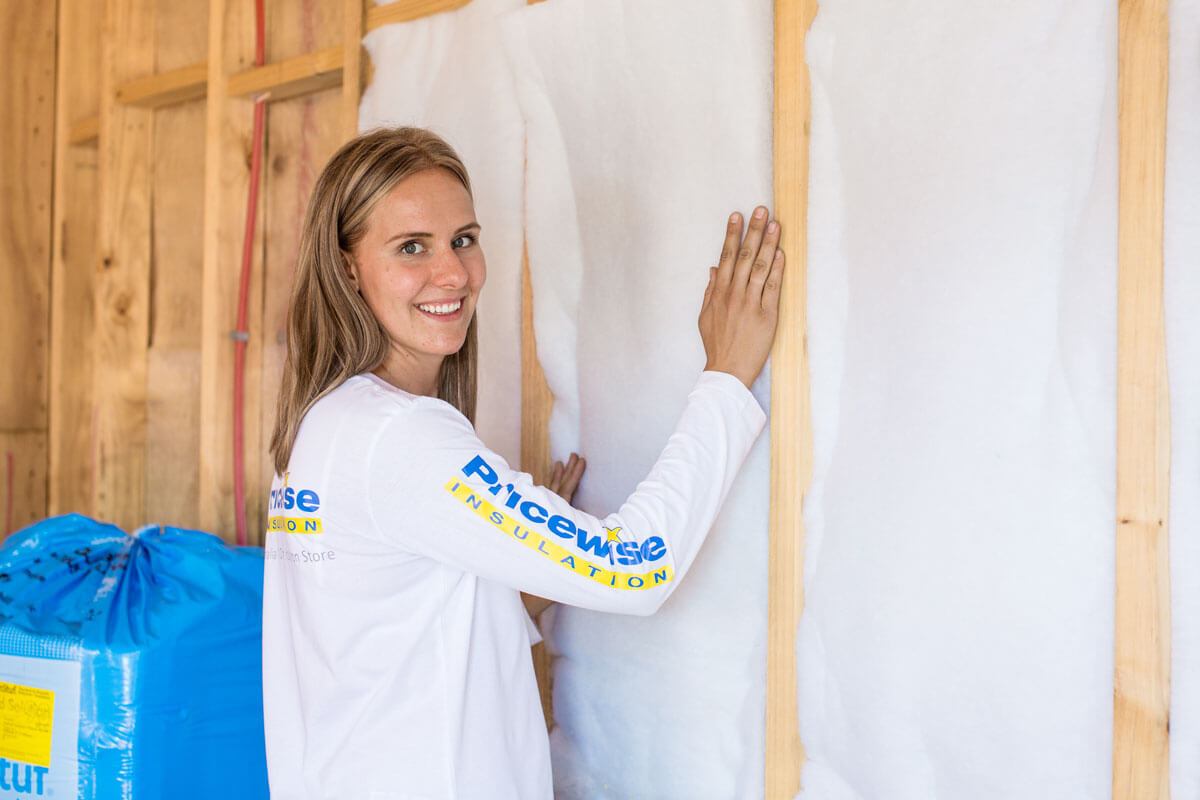
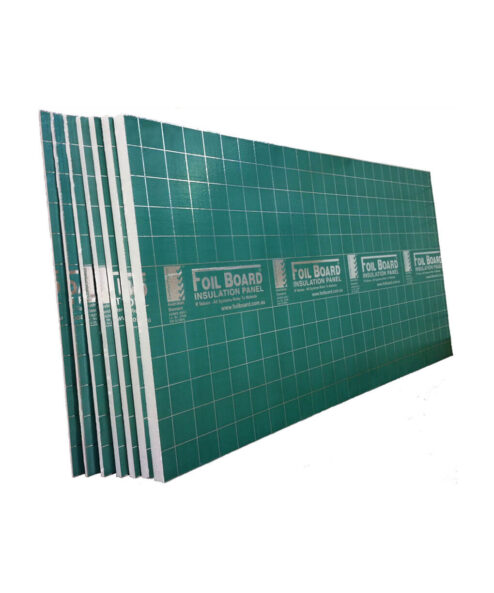
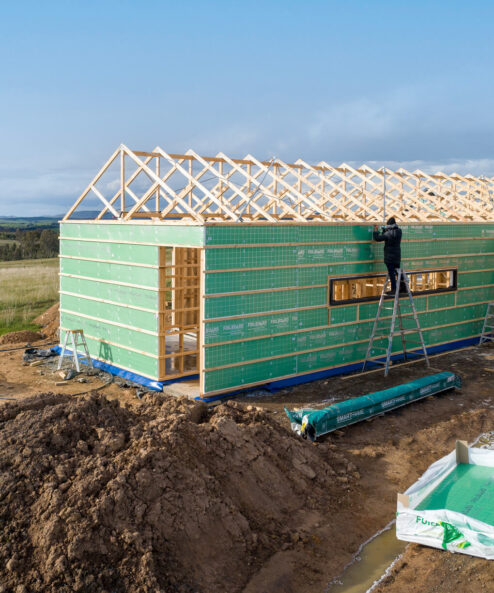
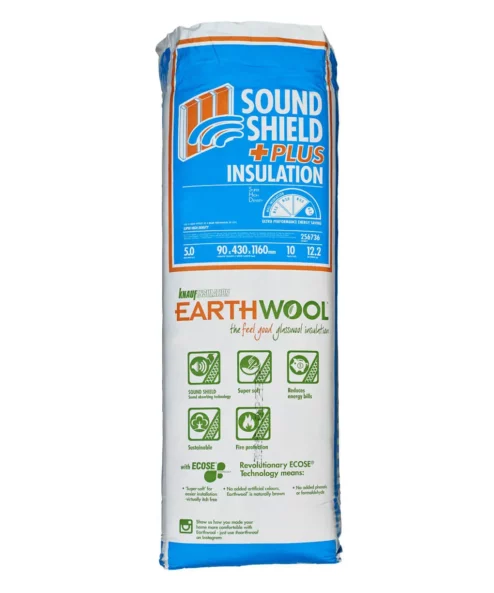
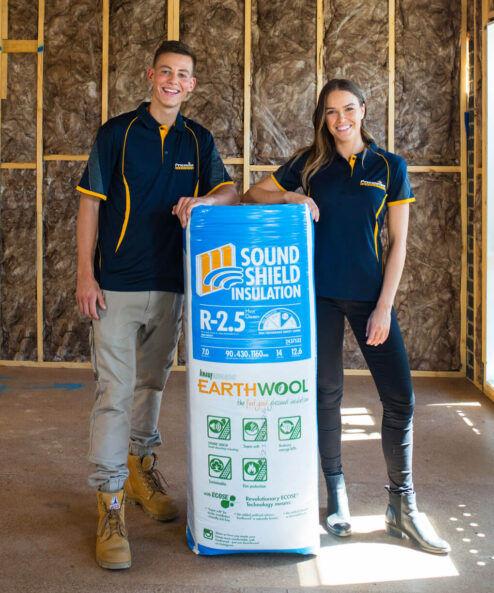
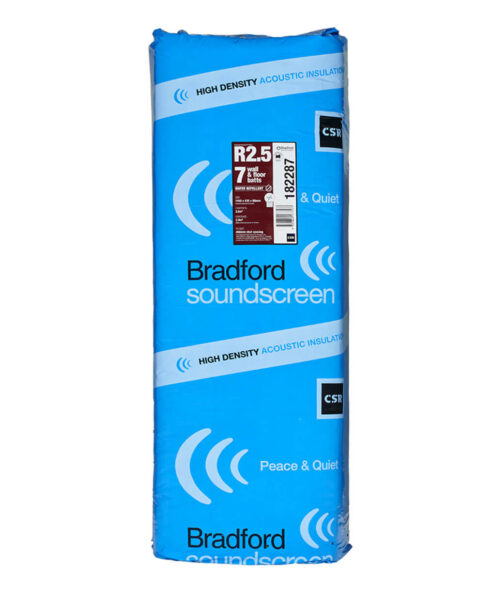
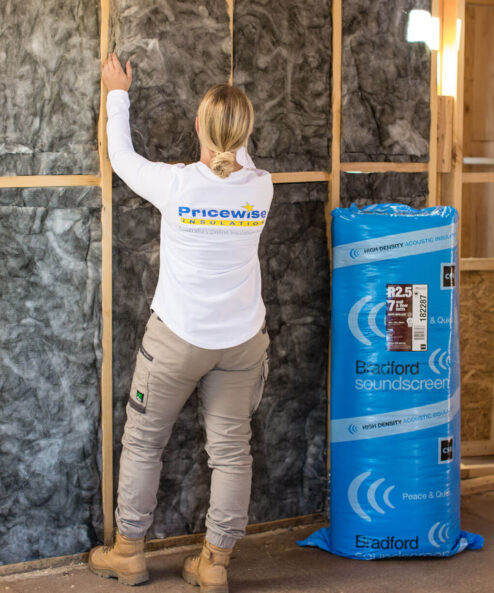
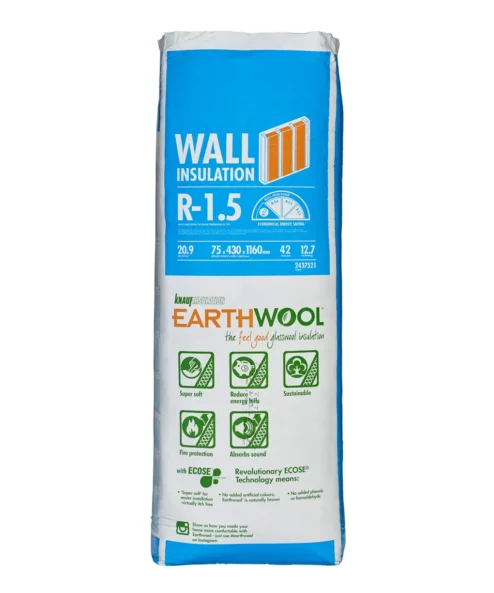
Nice ideas and guide that home owners can surely follow through.
Thanks for your feedback!